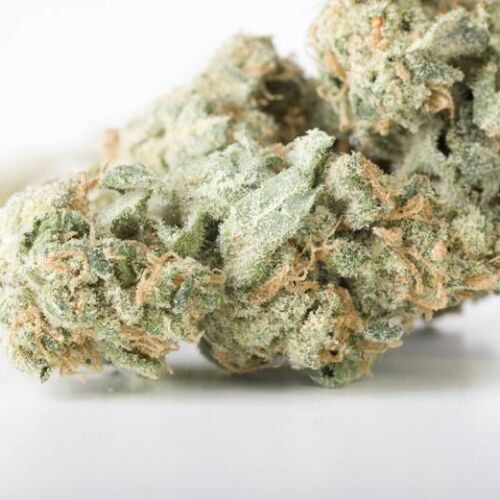Dr. Raphael Mechoulam
Endocannabinoids this is the short name for endogenous cannabinoids
Transcript: Endocannabinoids this is the short name for endogenous cannabinoids. Cannabinoids is a compound, which acts on two receptors. One receptor is found mainly in the brain, the other receptor is found mainly in the periphery. But, surprisingly, or maybe not so surprisingly, during certain diseases the second receptor that is not present in the brain starts to pop up. All of a sudden it is available there.
So the suggestion has been made by many others, and us that actually this receptor, the Cb2 receptor, is part of a protective mechanism. We have protective systems in our body. The immune system is a protective system. It guards us against microbes and viruses things like that. If we didn’t have an immune system, we would be dead in a week. Probably eaten up by microbes.
Well, but we do have an immune system, and it guards us. But not everything, and not all attacks on us are by things like microbes or viruses or proteins. There are other things, breaking a bone, having your head smashed or something like that. These are major things.
Well actually the body has developed protective systems of this type and indeed endocannabinoids are part of this protective system, acting trough the Cb2 receptor. Probably also through the Cb1 receptor, but through the Cb2 receptor most defiantly. And we have seen for example in brain trauma, that both the Cb1 and Cb2 receptors start working overtime trying to reduce the damage that has been caused by a head injury.
We have seen, and we have submitted a paper now, that Osteoporosis is reduced, the damage of Osteoporosis, the actual Osteoporosis itself is reduced by the endogenous cannabinoids. The endocannabinoid system seems to work. Its not the only one, but is seems to work there. And not very surprisingly, we have found that additional compounds which actually don’t bind to the cannabinoid receptors, but are very close chemically to these endogenous cannabinoids. These compounds, which we call endocannabinoid like compounds, a strange word, but anyway, these compounds act on Osteoporosis. We have mice that under certain conditions can develop Osteoporosis and we see that their bones show Osteoporotic features. We see that if we give these compounds whether it is an endocannabinoid like 2AG, or whether it is those endocannabinoid like compounds, which we have found, they improve the situation they improved Osteoporosis.
Now this is not so surprising. If one goes back and looks at what is going on in the Mediterranean countries for example. There is less osteoporosis than in northern Europe. And according to some Greek statistics, if you like to read Greek statistics before you go to bed, this due to olive oil, and all the people in the Mediterranean use olive oil. Olive oil contains oleic acid and the compound, which acts on Osteoporosis, is a derivative of oleic acid. It is an endocannabinoid like compound. So this is what happening with bones.
We have a lot of other indications that actions of the Cb2 receptor are mainly a protective action. So we have a protective action in brain injury, we have protective action in bones; we have protective action in a lot of inflammatory conditions. And we have looked at rheumatoid arthritis for example; these compounds are very powerful in certain inflammatory conditions. Inflammatory condition, in Rheumatoid arthritis, for example, is an autoimmune disease. The immune system attacks the body itself, I mean the immune system is normally supposed to be there to attack proteins that come from the outside. It doesn’t know what it is doing and attacks our own proteins, our own body. Now we have found that the endocannabinoid system protects us.
About Dr. Raphael Mechoulam
Dr. Raphael Mechoulam, professor in the Department for Medicinal Chemistry and Natural Products at Hebrew University Hadassah Medical School and School of Pharmacy, Institute for Drug Research, is often referred to as the “Father of Marijuana Research.” While at the Weizmann Institute of Science in Rehovot, Mechoulam secured hashish from the head of Israel’s investigative branch of the national police for use in his studies, and in 1963 his research group determined the structure of CBD (cannabidiol) and by 1964 had isolated and synthesized THC (tetrahydrocannabinol), the main psychoactive compound of cannabis.
Initially fascinated by his realization that the active component of cannabis remained unknown while the active ingredients of cocaine and opium had been isolated a century before, Raphael Mechoulam’s research projects continue to address the chemistry of endogenous cannabinoids and synthesis of novel compounds to be tested as drugs against pain, inflammation, high blood pressure and cancer, with a grant from the US National Institutes of Health. He has collaborated with colleagues in Israel, the US, Canada, Spain, Germany, Brazil, New Zealand, Italy and Japan and consults for a pharmaceutical company.
Source: The Daily Mail


